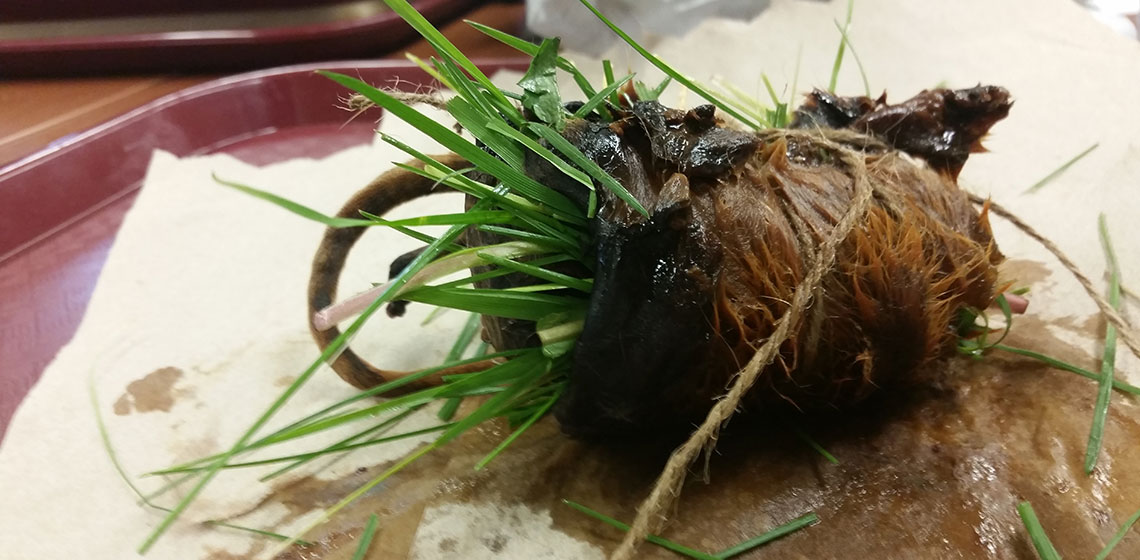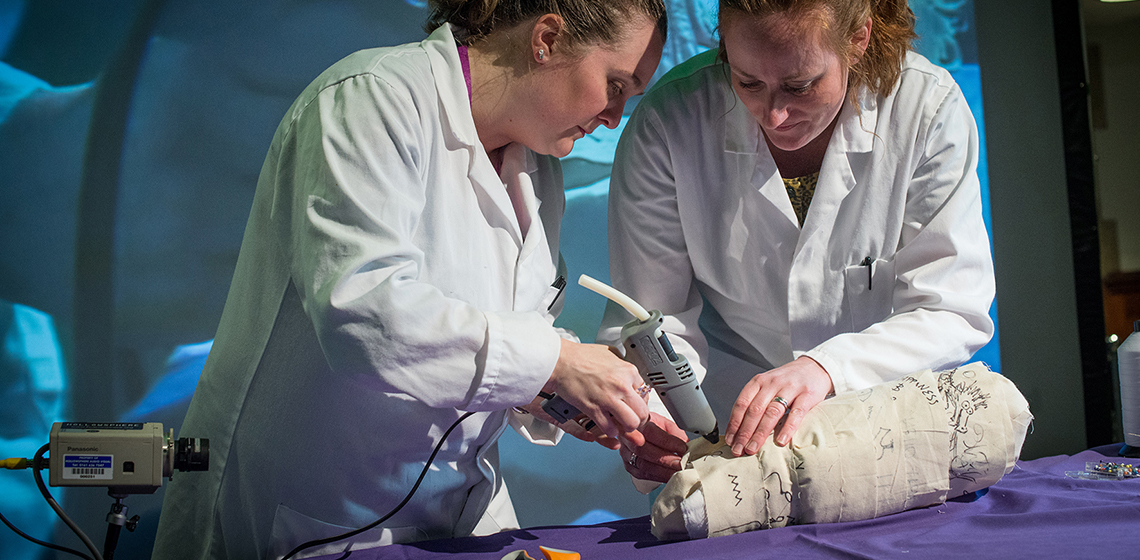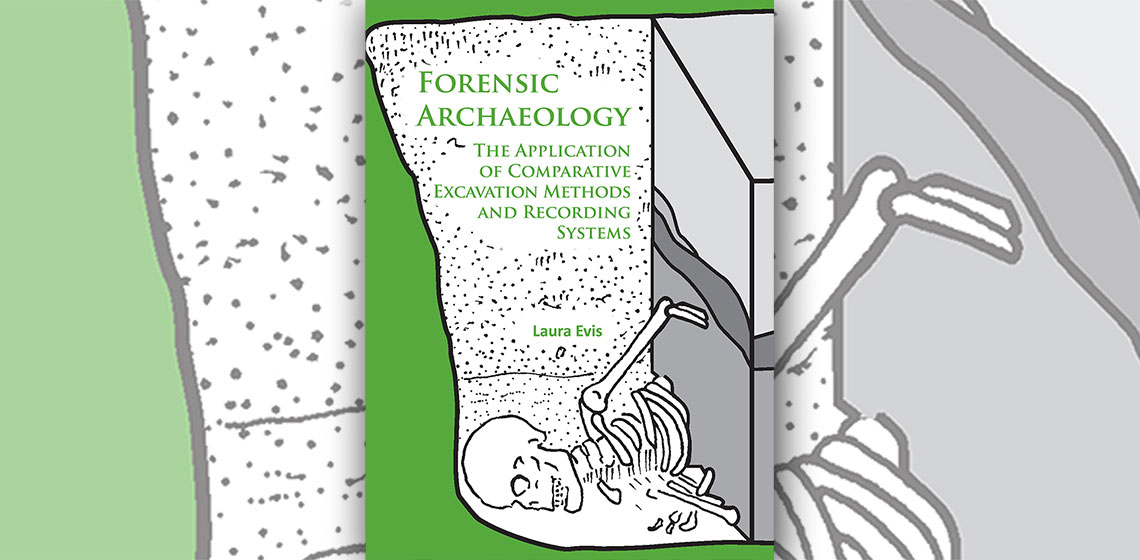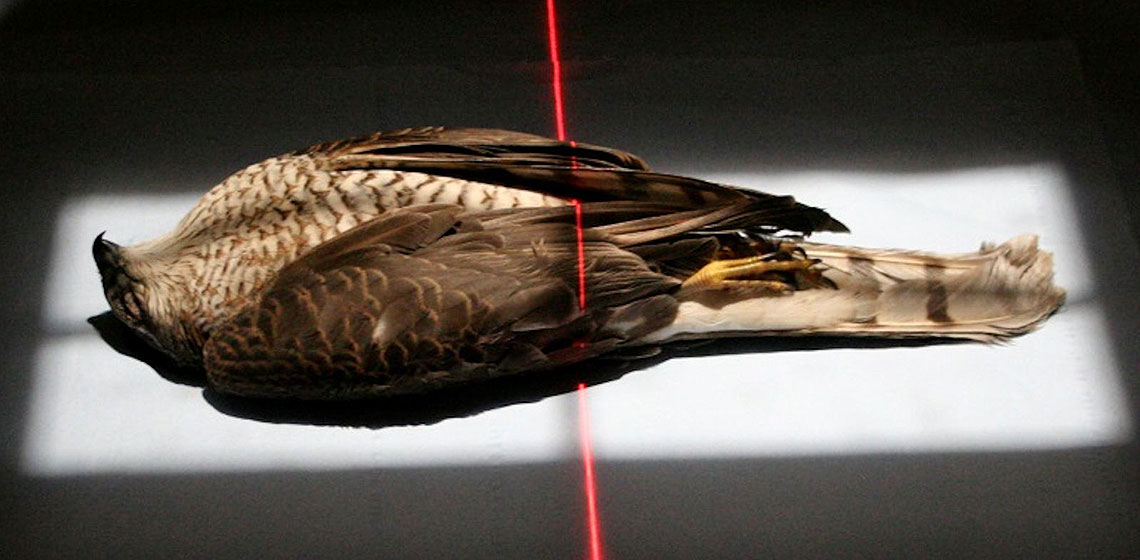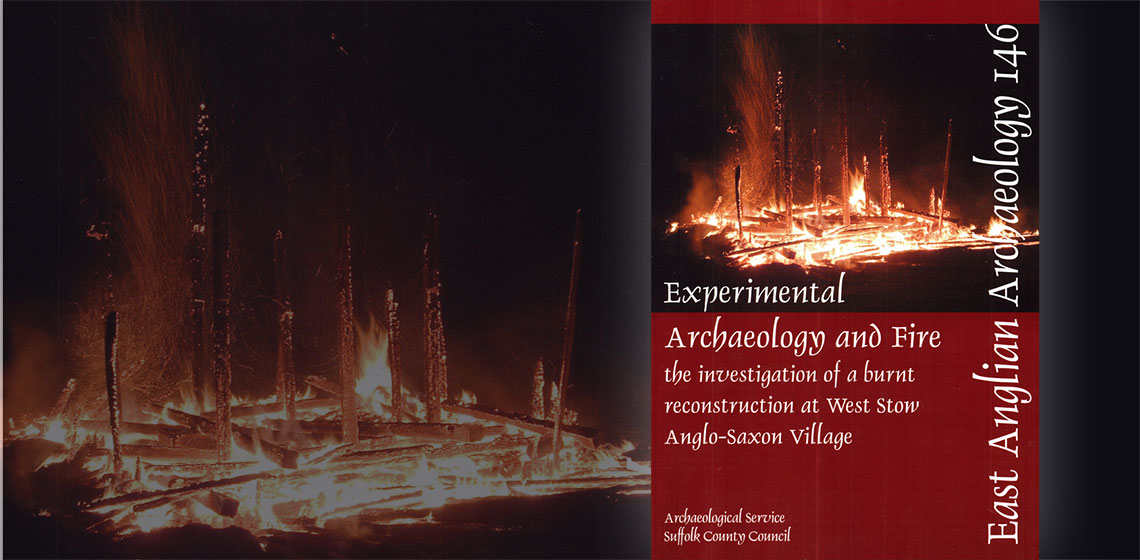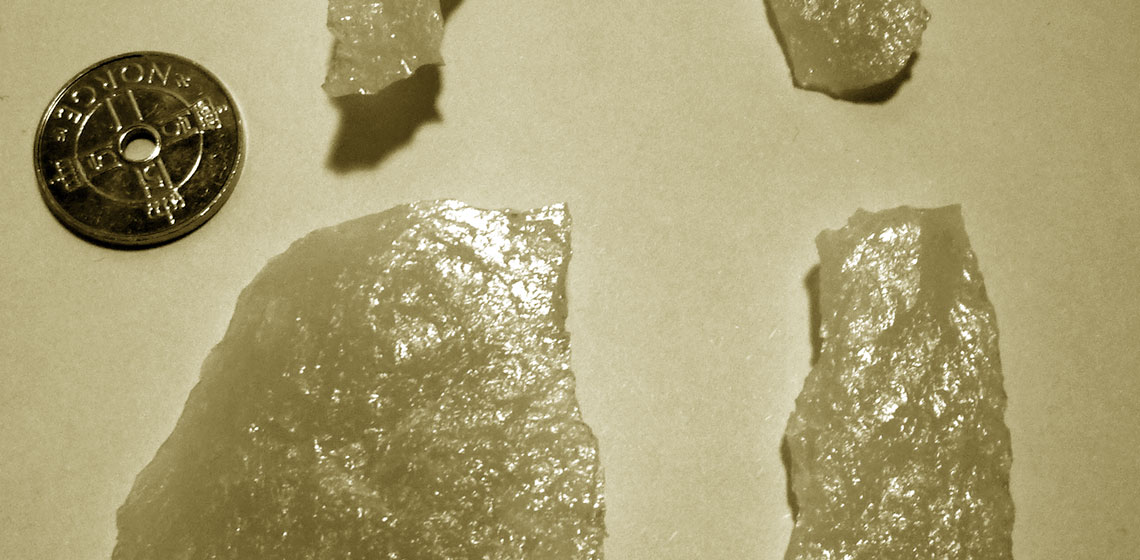Trampling Experiments – A Contribution to the Pseudo-Retouch Issue
Publication Date
11th EAC Trento 2019
***Apart from human-made retouch, stone tools can also exhibit traces of damage caused by several post depositional processes, one of which is trampling. Edge damage provoked by trampling, be it of animal or human origin, is sometimes interpreted as human-made retouch ...
***Apart from human-made retouch, stone tools can also exhibit traces of damage caused by several post depositional processes, one of which is trampling. Edge damage provoked by trampling, be it of animal or human origin, is sometimes interpreted as human-made retouch ...


